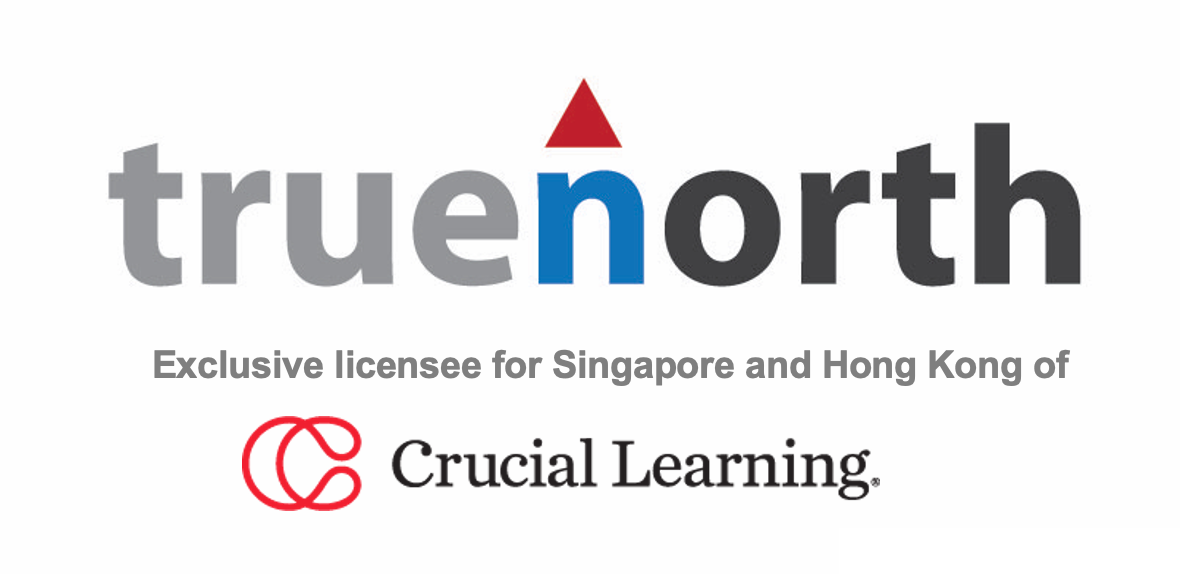Building Courage for a Crucial Conversation
Our consultant was recently asked a question by Jill a participant in his class, “What can I do to build the courage to speak up to my CFO?”
Probably a question for most of us when we need to speak to someone of positional power or authority. Perhaps the points offered can put us on the track to success.
1. Acknowledge the Fear, Choose Courage Anyway (Like Jill Did!)
It’s so easy to let fear win, isn’t it? But think about Jill, the Finance Manager, from my training. She was dreading a crucial conversation with her new CFO, terrified of speaking up about changes she felt were misguided. But deep down, she knew it was the right thing to do. Harry Hoover said, “If you have the courage to begin, you have the courage to succeed”. Remember Jill’s story when you feel those butterflies; channel her determination to face the discomfort for the greater good.
2. Prepare Like You’re Going on a Journey (Because Jill Had a Map!).
Jill didn’t just walk into her CFO’s office and wing it. She meticulously prepared a “Crucial Conversation script,” outlining her concerns and potential solutions. That’s smart! Preparation isn’t about being rigid; it’s about feeling confident that you understand the issues, have a clear message, and can respond thoughtfully to different reactions. Like Jill, take the time to map out your conversation, anticipate roadblocks, and pack your emotional “snacks” – those self-soothing techniques that help you stay calm under pressure. For example, mentally visualize your boss being open, while you are speaking with clarity and calm. “Snacks” like these help in anxiety management and boosts self-confidence. It also helps you to overcome the “helpless” story that you are not in control, because you are! As part of your preparation, seek feedback from others who may have had similar conversations. Learn from their experiences, which could provide valuable insights and boost your confidence.
3. Speak with #Honesty and #Respect: The Respectful Candor Combo (Jill’s Experience, Delivered with Respect)
It wasn’t enough for Jill to simply blurt out her concerns. She needed to frame them in a way that would be heard, not dismissed. That means being honest and direct, but also empathetic and respectful. In other words, “Be Confident when sharing the Facts; Be Humble when telling your story”. Think about how your message will land with the other person. How can you share you experience while acknowledging that you could be overstating it or missing out facts. Can you focus on the impact of the issue, rather than blaming or judging?
4. Listen Like You Mean It: Beyond Just Hearing the Words (Hear Their Story, Too!)
A crucial conversation isn’t a monologue; it’s a dialogue. Jill needed to be prepared to listen to the CFO’s perspective, even if she disagreed with it. That means paying attention not only to his words, but also to his body language, tone of voice, and underlying emotions. Active listening builds trust and creates space for mutual understanding. “It’s not the other person telling you their thoughts that build relationships; it’s them watching you listen” – Crucial Conversations
5. Build Bridges Before You Need Them: The Emotional Bank Account (Connect Like Jill) )
If Jill had a strong, trusting relationship with her CFO, the conversation would be much easier. While she couldn’t rewrite history overnight, she could focus on building rapport by being helpful, reliable, and showing genuine interest in his perspective. Remember, relationships are like bank accounts – the more you deposit, the more you can withdraw when you need it. “If I make deposits into an Emotional Bank Account with you through courtesy, kindness, honesty and keeping my commitment to you, I build up a reserve.” – Stephen R. Covey
6. Timing is Everything: Create the Right Environment (Set the Stage for Success)
I advised Jill to schedule a private, one-on-one meeting with her CFO in a neutral space where they could both focus without distractions. A busy office or open pantry is rarely the right setting for a crucial discussion. Choose a time and place where you can both be present and engaged. “The biggest thing I have learned is Location” Roy Halladay
7. Acknowledge the Elephant in the Room: Emotions Matter (Name Those Feelings) )
Crucial conversations are rarely purely logical. Emotions are often running high, and it’s important to acknowledge that. Create an environment where people feel safe to express their feelings without judgment. Validate their emotions by saying things like, “I can see that you’re feeling frustrated” or “It sounds like you’re concerned about this.” When emotions are acknowledged and addressed, it creates space for more productive dialogue. “People who are gifted at dialogue keep a constant vigil on safety. Nothing kills the flow of meaning like fear.” – Crucial Conversations
8. Stick to the Point: Focus on the Issue, Not the Person (Stay Focused, Like Jill)
It’s easy to get sidetracked in a crucial conversation, especially when emotions are high. To keep things on track, focus on the specific issue at hand, rather than making personal attacks or bringing up past grievances. Frame the conversation around the impact of the behavior or situation, and focus on finding solutions together. Remember, the goal is to resolve the issue, not to win an argument.
By following these steps, and remembering Jill’s journey, you can build your courage and navigate crucial conversations with more confidence and compassion. You’ve got this!
by Sebastian Anthony, Senior Consutant. Posted on Linkedin, 16 February 2025
Image by Ihsan Adityawarman
